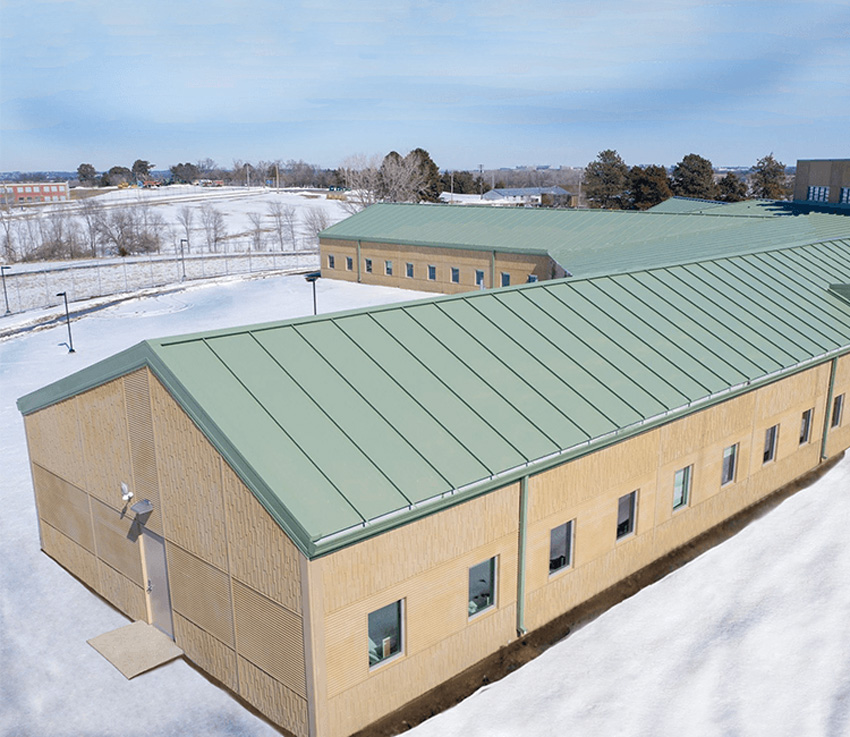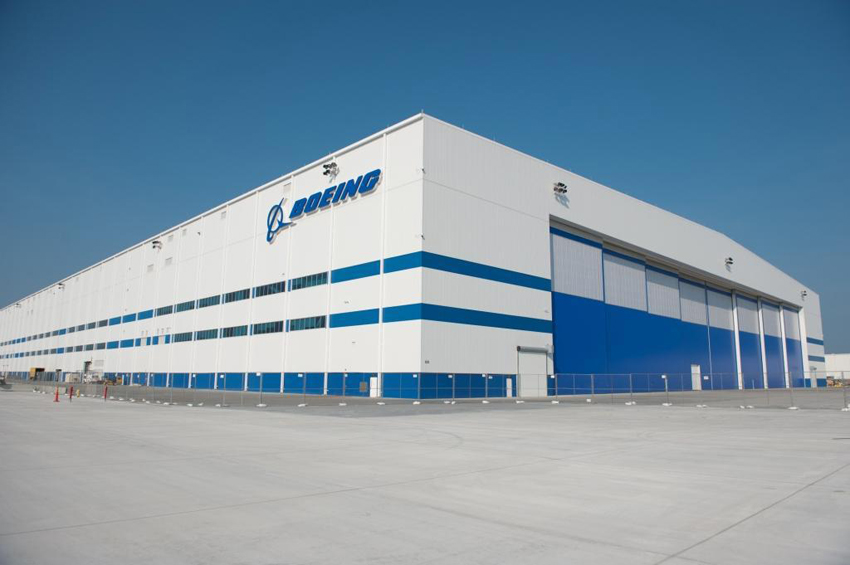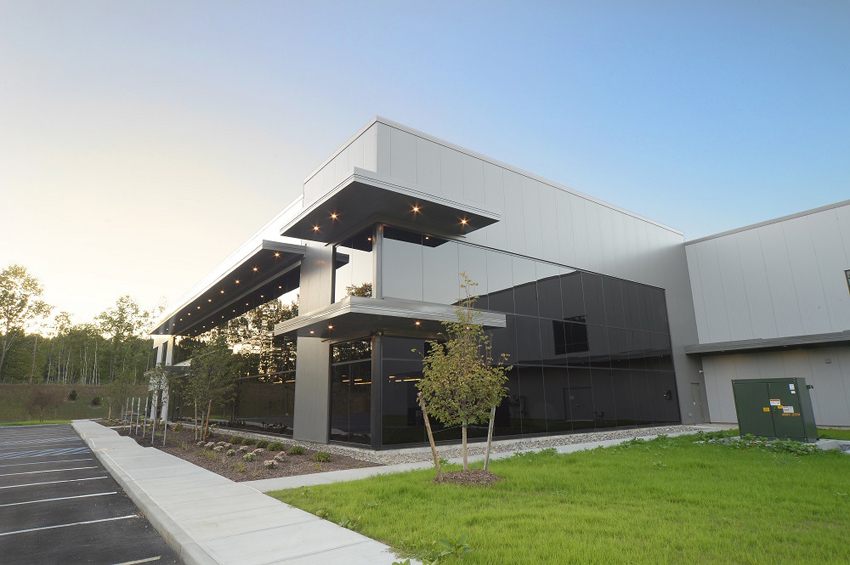The Advantages of an IMP Roof
100 Percent Recyclable
An interest in whether a product is recyclable goes hand-in-hand with an interest in whether it contains recycled material. In both cases, waste is diverted from landfills and reused. A product is recyclable if it can be recycled.
The steel facings and foam core in insulated metal panels are virtually 100 percent recyclable at the end of their service life.
No Volatile Organic Compounds
Volatile organic compounds (VOCs) are gases emitted by products or chemicals that may have short- and long-term adverse health effects. According to the EPA, VOCs are emitted by an array of products numbering in the thousands. Examples include paints and lacquers, cleaning supplies, pesticides, building materials and furnishings, office equipment such as copiers, correction fluids and carbonless copy paper, and more.
IMPs and their accessories do not produce measurable VOCs. The paint is factory applied and baked on, and the sealants are generally more than 95 percent solid (non-skinning butyl) or moisture-cured polyurethanes. This means they can be incorporated into the building envelope and roof without negatively impacting the indoor air quality.
Zero Ozone Depletion Potential
Ozone depletion potential (ODP) measures the potential for a single molecule of refrigerant to destroy the ozone layer. Ozone-depleting substances are used in refrigeration, air conditioning, building insulation, and firefighting equipment in buildings. Unfortunately, according to the U.S. Green Building Council (USGBC), the newer ozone-friendly alternatives are potent greenhouse gases that are a threat to climate change. This creates the quandary where the solution to ozone protection is becoming a problem for climate change. The solution is to select zero-OPD and low-GWP alternatives. Global Warming Potential (GWP) is a value that quantifies the direct effect of global warming of a compound or gas. According to the USGBC, the direct effects of global warming are measured by comparing them to CO2, which has a GWP of 1.0.
Most IMPs have zero ODP, and there are no limits by the EPA or Environment Canada for its use today or in the future. Furthermore, many manufacturers offer foams using low-GWP options.
Low Global Warming Potential
Blowing agents are gases that expand foam insulation to its rigid shape. They are used to manufacture a few different types of insulation, including extruded polystyrene rigid panels and spray polyurethane. Previously, the blowing agents used in insulation were potent greenhouse gases and, as such, had a high level of global warming potential. Some blowing agents in common use years ago had a GWP in the range of 5,000. Several low-GWP alternatives have become available over the past few years.
The insulation used inside IMPs meets current EPA blowing agent requirements for the reduction of Global Warming Potential.
Net Zero Energy Targets
A net-zero energy building (NZEB) is a residential or commercial building with greatly reduced energy needs that supplements with on-site energy generation to the point that external energy use averages out to zero over the course of a year. IMPs contribute significantly toward net-zero energy targets by yielding as much as a 30 percent reduction in a building’s energy use.

Photo courtesy of ATAS International, Inc.
The IMP roofing on Nebraska Correctional Center for Women in Lincoln, Nebraska, provides a low-maintenance, highly energy-efficient solution for the facility.
Design Flexibility
IMPs also offer designers an incredible level of flexibility in designing building envelopes and roofs. There are a wide variety of standard and custom colors available. Special print patterns can mimic the look of stone or weathered metal, and many manufacturers offer cool roof pigments for added building energy performance.

Photo courtesy of Centria
The need for a sleek, high-tech look combined with the aggressive timing made metal an ideal choice for the Boeing building in Charleston, South Carolina. IMPs were chosen for their aesthetic and inherent performance qualities.
High Strength-to-Weight Ratio
IMPs are very strong structurally due to the composite action between the flat metal facings and the foam core. The metal skin acts like the flange of a beam, resisting bending stresses. The foam core acts like the web of a beam, resisting the shear stresses. The result is that IMPs have a high strength-to-weight ratio.
This high strength-to-weight ratio gives IMPs excellent spanning capability between supports. For example, for a 2-inch panel, most wind load requirements in the 20 to 30 psf range can be met with 7- to 10-foot span conditions. Snow loads up to 30 psf can be met with this same span.
It should be noted that the thickness of the core, the panel profile, connection details, and the gauge of the metal facings all contribute toward determining the actual span capability of any specific panel. Manufacturers normally publish the span capabilities of their panels in load span tables. Many also have ICC-ES reports available for download. Architects can incorporate this increased span capability into the roof plan.
Structural load capacity should be verified by representative structural tests for positive as well as negative wind loads as shown in testing, such as ASTM E72: Standard Test Methods of Conducting Strength Tests of Panels for Building Construction and ASTM E330: Standard Test Method for Structural Performance of Exterior Windows, Doors, Skylights, and Curtain Walls by Uniform Static Air Pressure Difference. The maximum allowable deflection limits are set by building codes. They can be found in Table 1604.3 of the 2018 International Building Code (IBC 2018). The local building code should be referenced for the applicable limiting criteria. The effects of snow load and long-term loads on roof panels should be considered as appropriate in the structural analysis.
Compliance with the structural provisions of the code can be shown in two ways. The IMP manufacturer will provide calculations sealed by a professional engineer verifying that all factors affecting the load-carrying capacity of the panels have been analyzed and verified by testing, and that the structural capacity of the panels meets the project requirements or the IMP manufacturer will provide sufficient documentation to the engineer of record (EOR) demonstrating this performance. In the latter case, an evaluation report from a third-party agency such as ICC-ES or IAPMO showing compliance with ACO4 is normally used.










